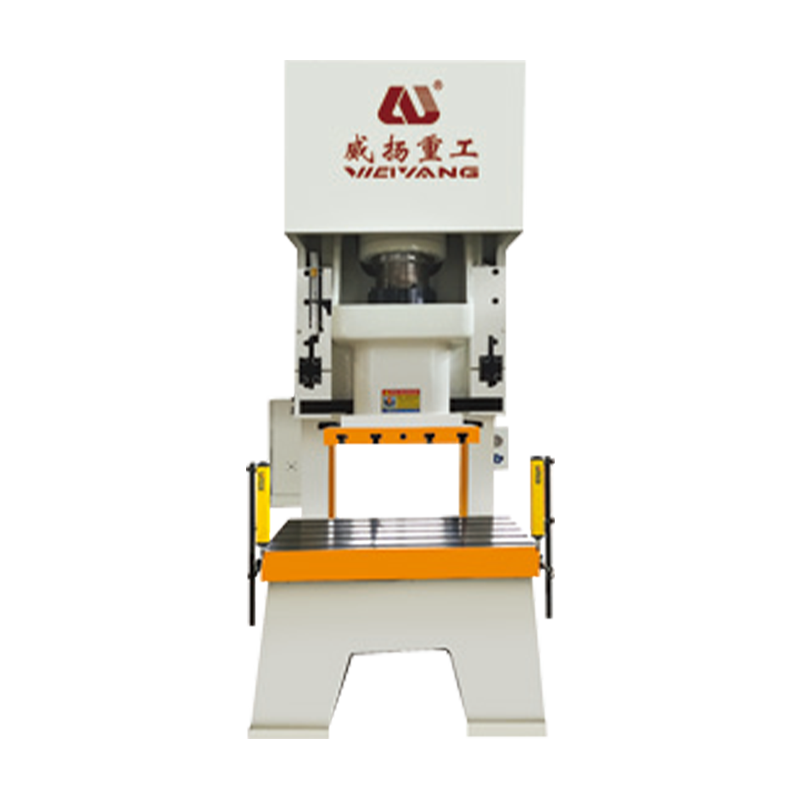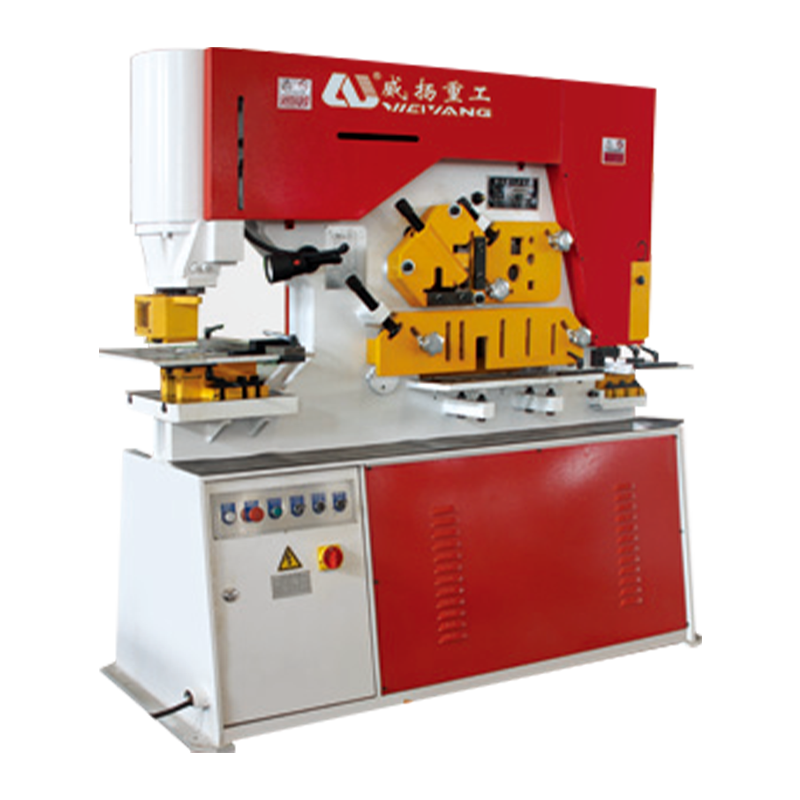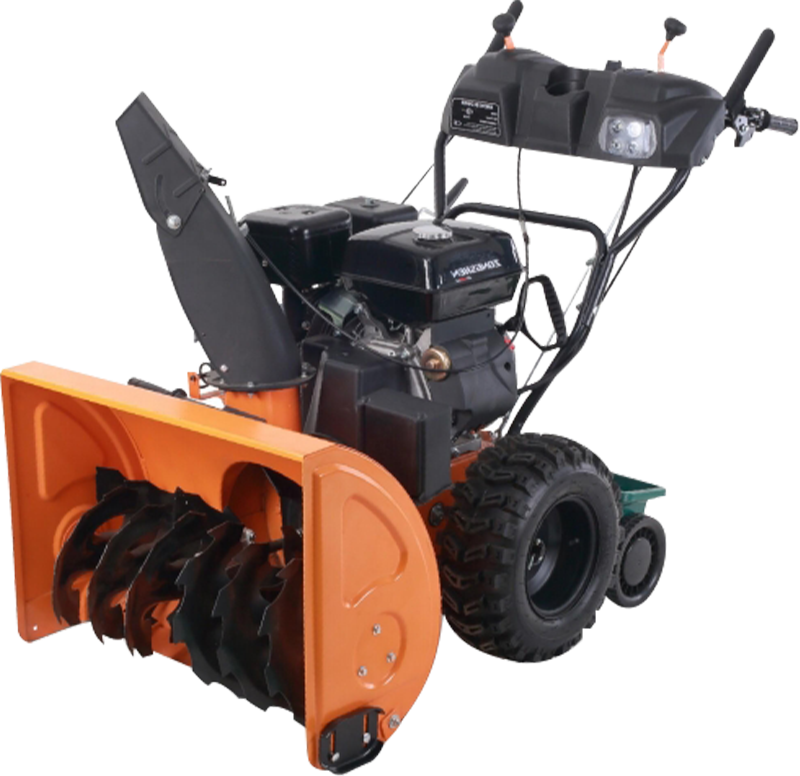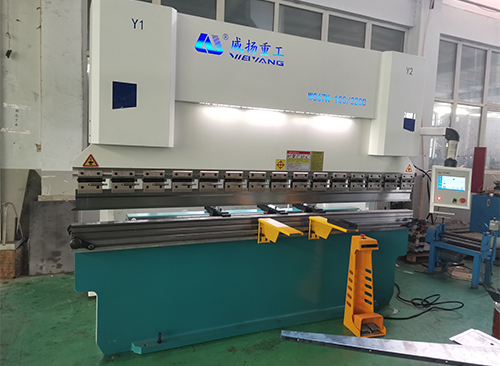How to measure and calibrate the accuracy of CNC Stamping machine?
The accuracy measurement and calibration of CNC Stamping machine is a key step to ensure its efficient and stable operation. High precision is the core competitiveness of CNC Stamping machine, which directly affects the quality and consistency of the final product. Therefore, it is crucial to measure and calibrate it accurately. We can measure the position accuracy through high-precision coordinate measuring machine (CMM) or laser interferometer. These high-precision devices can detect the deviation between the actual position and the set position of CNC Stamping machine on the X, Y, and Z axes. In this way, the accuracy of the machine in three-dimensional space can be determined to ensure that it can run accurately on the set track.
At the same time, measuring the stamping die is also a key step to ensure accuracy. Using tools such as thickness gauges and micrometers, the actual size of the stamping parts can be accurately measured and compared with the design size. In this way, the stamping accuracy can be evaluated to ensure that each stamping part can meet the expected specifications and quality standards.
In order to evaluate the repeatability of the CNC Stamping machine, the same operation task can be performed multiple times and the results of each operation can be recorded. This method can help find consistency problems in repeated operations of the machine, thereby ensuring its stability and reliability in mass production. A high-precision stamping machine should be able to repeatedly produce parts of the same size under the same conditions, which is particularly important for large-scale production.
In the process of precision measurement, it is also crucial to ensure the accuracy of the tools used for measurement and calibration. Tools such as laser interferometers and precision gauges need to be calibrated regularly and meet relevant standards to ensure the accuracy of the measurement results. Regular calibration of these tools can prevent inaccurate machine calibration caused by measurement tool errors, thereby affecting production accuracy.
In terms of calibration, the first thing to do is to set the reference point. The reference point is a reference point in the machine coordinate system. By comparing the position of the reference point with the actual measurement point, the coordinate system of the machine can be adjusted to correct any deviation. This step is the basis for ensuring the positioning accuracy of the machine and directly affects the accuracy of subsequent processing.
Checking and adjusting the installation position and alignment status of the stamping die is also an important part of the calibration process. Using a dedicated die calibration tool can ensure that the die is correctly positioned in the stamping machine. This step not only ensures the position accuracy of the die, but also prevents the die from shifting during the stamping process, thereby affecting product quality.
In addition, use precision instruments (such as laser interferometers or optical alignment systems) to calibrate the X, Y, and Z axes of the CNC Stamping machine, and adjust the motion systems of each axis to correct errors. In this way, the machine's motion accuracy in all directions can be ensured, and deviations caused by mechanical errors can be reduced.
The software settings and parameters of the CNC control system also need to be calibrated. By adjusting the software settings, errors in the mechanical system can be corrected, ensuring that the software settings are consistent with the actual mechanical movement. This not only improves the accuracy of the machine, but also simplifies the operation process and improves production efficiency.
The pressure calibration of the stamping machine is also an important step to ensure accuracy. Check and calibrate the pressure sensor and control system of the stamping machine to ensure that the stamping pressure meets the design requirements. Calibration of the pressure sensor using a standard pressure source can prevent processing errors caused by unstable pressure.
Temperature changes may affect machine accuracy, so using temperature compensation functions or temperature control can reduce the impact of temperature on machine accuracy. In this way, it can be ensured that the machine can maintain stable accuracy under different temperature conditions.
Finally, regularly check and maintain mechanical parts, clean and lubricate moving parts such as guides and ball screws to keep them in good working condition. Regular maintenance not only extends the life of the machine, but also prevents accuracy errors caused by component wear.




























